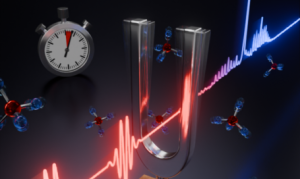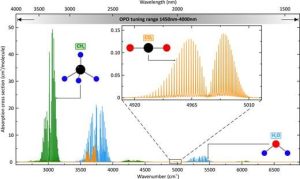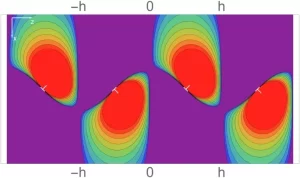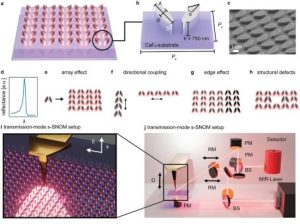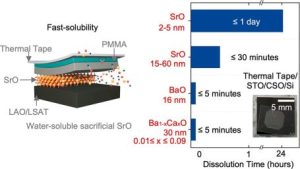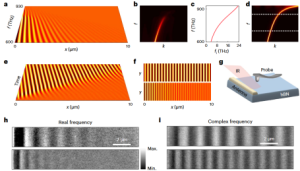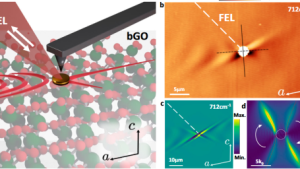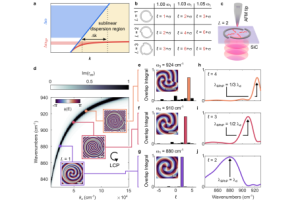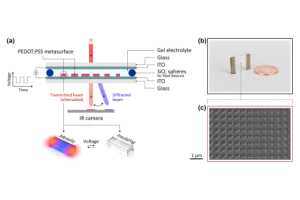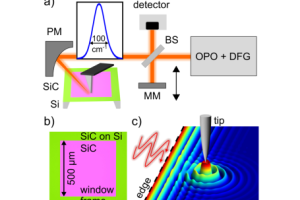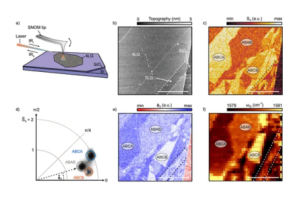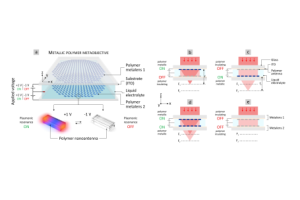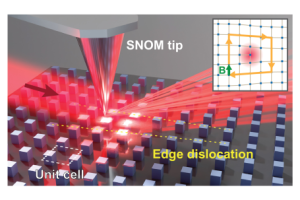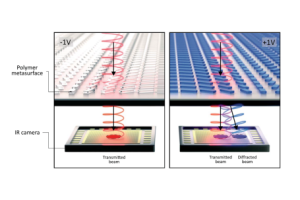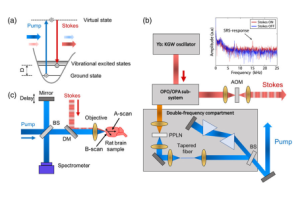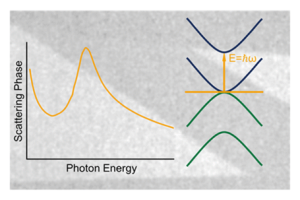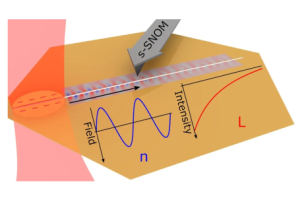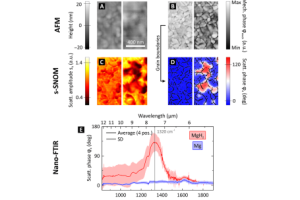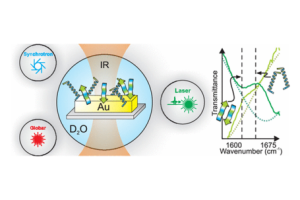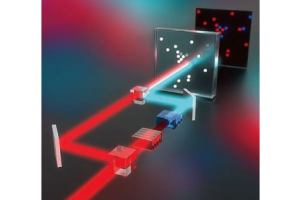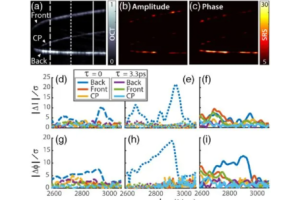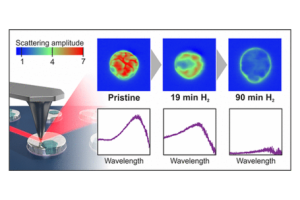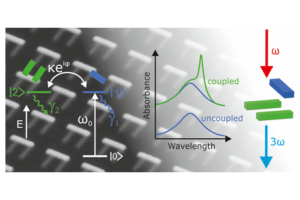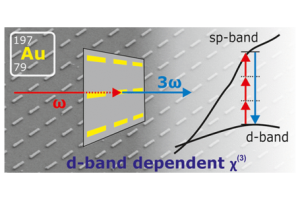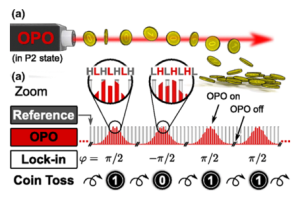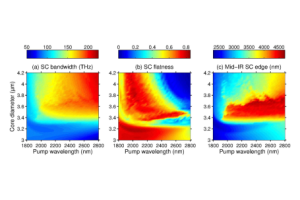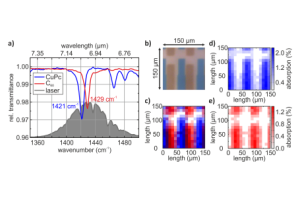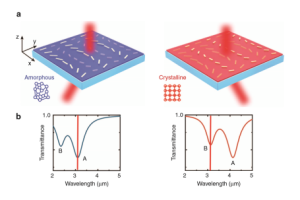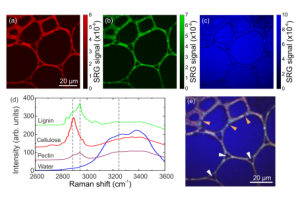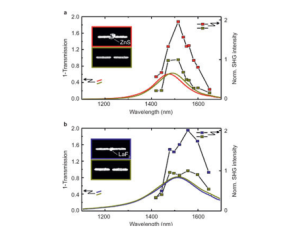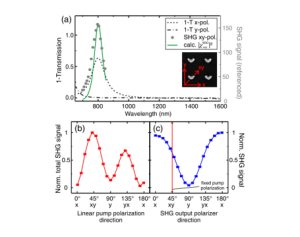
联系我们
杨先生 16621179994
杜先生 18964213467
- 上海镭昇科技有限责任公司

斯图加特超连续激光器
斯图加特超连续激光器从VIS——MIR波长可调,是一款调谐范围广、精度高、稳定性高,可重复的激光系统。我们的系统脉冲持续时间从100 fs—1 ps,重复频率从10—100 MHz,已应用于材料研究、生命科学和环境遥感中等领域。
产品系列
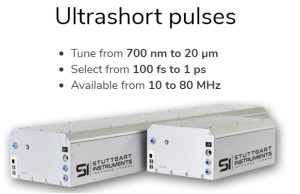 | 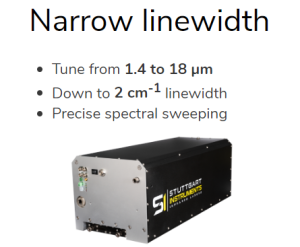 |
Alpha 系列—Ultrashort Pulses
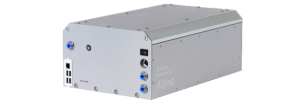 | Stuttgart Instruments Alpha是一种超快、波长可调的频率转换系统。基于革命性的光纤反馈光学参量振荡器(FF-OPO)技术、紧凑、被动稳定的设计,保证了出色的稳定性,再现性和有限的噪声性能。它有多种不同重复率和脉冲持续时间的泵浦激光可以选择。 |
Alpha 100fs
Typical performance of the Alpha when operated with 100 fs pulses.
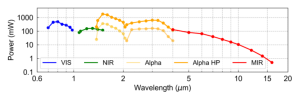 |
| Alpha | Alpha HP | Alpha MIR | VIS | NIR | |
| Pulse duration | 100 fs | ||||
| Linewidth (FWHM) | 130 cm-1 | ||||
| Repetition rate | 10 / 20 / 40 / 80 MHz | ||||
| Tunability | 1.4 – 4.3 µm | 1.4 – 16 µm | 700 – 980 nm | 1.1 – 1.4 µm | |
| Average power | 400 mW at 1.5 µm 150 mW at 3 µm | 1 W at 1.5 µm 400 mW at 3 µm | 50 mW at 5 µm 10 mW at 10 µm | 300 mW at 750 nm | 100 mW at 1.25 µm |
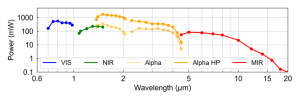 |
| Alpha | Alpha HP | Alpha MIR | VIS | NIR | |
| Pulse duration | 350 fs | ||||
| Linewidth (FWHM) | 40 cm-1 | ||||
| Repetition rate | 40 MHz | ||||
| Tunability | 1.35 – 4.5 µm | 1.35 -20 µm | 700 – 980 nm | 1.1 – 1.4 µm | |
| Average power | 400 mW at 1.5 µm 150 mW at 3 µm | 2W at 1.5 µm 700 mW at 3 µm | 80 mW at 5 µm 25 mW at 10 µm | 500 mW at 750 nm | 200 mW at 1.25 µm |
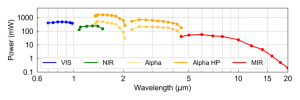 |
| Alpha | Alpha HP | Alpha MIR | VIS | NIR | |
| Pulse duration | 1ps | ||||
| Linewidth (FWHM) | 20 cm-1 | ||||
| Repetition rate | 10 / 20 / 40 / 80 MHz | ||||
| Tunability | 1.35- 4.5 µm | 1.35- 20 µm | 700 – 980 nm | 1.1 – 1.4 µm | |
| Average power | 300 mW at 1.5 µm 100 mW at 3 µm | 1 .5W at 1.5 µm 500 mW at 3 µm | 80 mW at 5 µm 25 mW at 10 µm | 500 mW at 750 nm | 200 mW at 1.25 µm |
产品特点
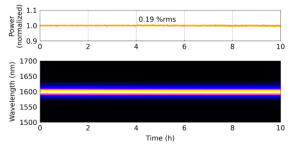 |
|
- (s)SNOM显微镜和成像
- 相干拉曼(SRS, CARS)显微镜
- (中)红外光谱
- 时间分辨泵浦探测光谱
- 振动光谱
- 多光子荧光光谱
复制器选项
利用Alpha无与伦比的重复性,复制器允许保存任何任意系统状态(频谱,输出功率,模块设置)并随时恢复。支持所有模块。复制器完全集成在AlphaTune软件中,可以随时与任何第三方软件一起使用。
| 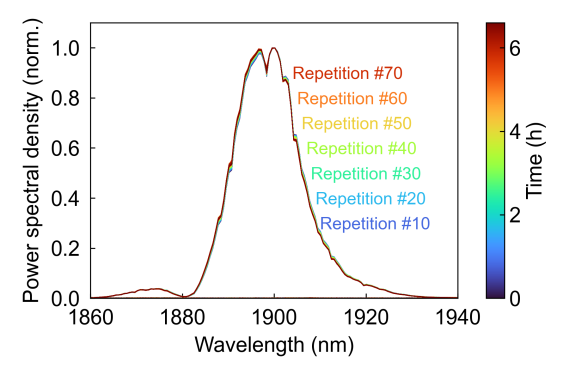 |
调制选项
Alpha可以配备高速光调制器,所有输出都通过一个输入信号调制。该系统具有完全集成的调制架构,包括精密电子振荡器和完整的软件支持。
|
|
窄带选项
 | 对于宽带Alpha系统,如Alpha 100 fs和Alpha 350 fs,我们为各种光谱范围(VIS, NIR, MIR)提供额外的窄带输出,成像准备线宽低于10 cm-1。更多窄带操作请查看Piano系统。 |
多分支选项
Alpha非常适合两个或多个独立可调和光学同步分支的并行操作。理想的最大灵活性在泵探针方法或驱动多个实验并行。
Piano 系列—Narrow linewidth
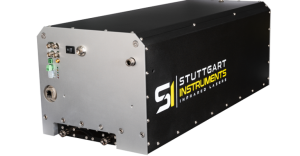 | Stuttgart Instruments Piano是一款高精度的红外超连续激光系统,专为精密光谱学和显微镜应用定制。它的特点是具有出色的光谱精度和高度再现性,该系统集成度高,设计紧凑,并集成了泵浦激光器。 |
规格
Piano
Typical performance of the Piano.
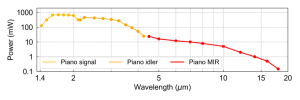 |
| Piano | Piano MIR | |
| Pulse duration | 5 – 10 ps | |
| Linewidth (FWHM) | 4 cm-1 | 2 – 4 cm-1 |
| Repetition rate | 50 MHz | |
| Tunability | 1.4 – 4.5 µm | 1.4 – 4.5 µm |
| Average power | 400 mW at 1.5 µm 150 mW at 3 µm | 10 mW at 5 µm 5 mW at 10 µm |
性能
| Piano系列具有非常精确的可调性和极高的稳定性(<0.02 cm-1/h)以及超低的相对强度噪声(<-160 dBc/Hz) | 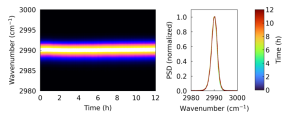 | |
调制选项
Piano可以配备高速光调制器,所有输出都通过一个输入信号调制。该系统具有完全集成的调制架构,包括精密电子振荡器和完整的软件支持。
|
|
- (s)SNOM显微镜和成像
- 光热光谱法
- 光声光谱
- 微量气体传感
- 量子点激发
- 纠缠光子对的产生
核心技术—FFOPO(光纤反馈技术)
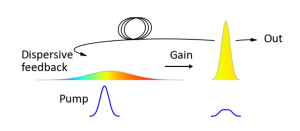 |
我们的频率转换器基于光纤反馈技术(FFOPO),通过将腔内被动光纤与提供光学增益的块状非线性介质相结合,实现了创新的光学参量振荡系统。 FFOPO技术核心腔内单模光纤不仅使系统结构紧凑,还能通过以下机制优化性能:
核心优势
技术原理与组成
应用与创新价值
|
常见问题
- 为什么Alpha和Piano会如此稳定?
块状非线性晶体中使用了光纤反馈和参数增益的混合概念。腔内纤维充当模式清洁器并固定指向。
- 它是如何如此精确地调谐的?
使用反馈脉冲的色散拉伸。通过调整泵浦和反馈脉冲之间的时间,可以以< 0.05 nm的精度调谐连续和无间隙。
- 为什么虽然有光纤,但噪音超低?
光纤是纯被动的,不发射放大自发发射(ASE)或其他杂散信号。Alpha再现了其泵浦激光的相对强度噪声,并且很容易达到<-160 dBc/Hz。我们测量了低于130 dB的时间脉冲对比度(M. Floess等人,Opt. Express 30(1), 1(2022))。
- 如何控制Alpha系统?
该系统是完全自动化的,并为用户提供了一个websocket接口(以太网或WiFi连接),可以使用任何通用编程语言进行访问。包含的GUI是用c++编写的,但附带了python和LabVIEW的模板。同时从多个客户端访问是可能的(例如,观看激光与斯图加特仪器GUI和触发波长步骤的python例程)。
- 与经典的OPO光学参量振荡器有什么不同?
该系统基于一种特殊类型的OPO(所谓的光纤反馈OPO, FFOPO)。这是一个超紧凑和完全被动稳定的组合,其特点是突出的低噪音和被动长期稳定性。
Applications
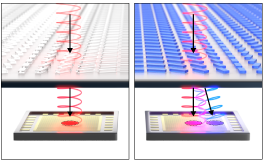 | Material studies
|
Life sciences
| 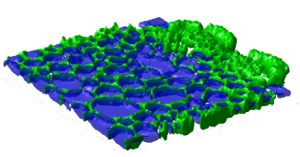 |
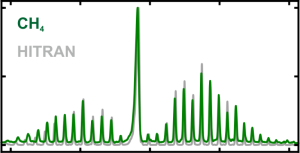 | Environmental sensing
|
Publications
Coherent control in quartz-enhanced photoacoustics: fingerprinting a trace gas at ppm-level within secondsS. Angstenberger, M. Floess, L. Schmid, P. Ruchka, T. Steinle |
Photoacoustic spectroscopy with a widely tunable narrowband fiber-feedback optical parametric oscillatorL. Schmid, F. Kadriu, S. Kuppel, M. Floess, T. Steinle and H. Giessen AIP Advances 14, 105328 (2024) |
Multiferroicity in plastically deformed SrTiO3X. Wang, A. Kundu, B. Xu, S. Hameed, N. Rothem, S. Rabkin, L. Rogić, L. Thompson, A. McLeod, M. Greven, D. Pelc, I. Sochnikov, B. Kalisky and A. Klein |
Revealing Mode Formation in Quasi-Bound States in Continuum Metasurfaces via Near-Field Optical MicroscopyT. Gölz, E. Baù, A. Aigner, A. Mancini, M. Barkey, F. Keilmann, |
Hybrid Molecular Beam Epitaxy for Single-Crystalline Oxide Membranes with Binary Oxide Sacrificial LayersS. Varshney, S. Choo, L. Thompson, Z. Yang, J. Shah, J. Wen, S. J. Koester, K. A. Mkhoyan, A. S. McLeod and B. Jalan |
Compensating losses in polariton propagation with synthesized complex frequency excitationF. Guan, X. Guo, S. Zhang, K. Zeng, Y. Hu, C. Wu, S. Zhou, Y. Xiang, X. Yang, Q. Dai and S. Zhang |
Controlling the propagation asymmetry of hyperbolic shear polaritons in beta-gallium oxideJ. Matson, S. Wasserroth, X. Ni, M. Obst, K. Diaz-Granados, G. Carini, E. M. Renzi, E. Galiffi, T. G. Folland, L. M. Eng, J. M. Klopf, S. Mastel, S. Armster, V. Gambin, M. Wolf, S. C. Kehr, A. Alù, A. Paarmann and J. D. Caldwell |
Probing the micro- and nanoscopic properties of dental materials using infrared spectroscopy: A proof-of-principle studyM. Beddoe, T. Gölz, M. Barkey, E. Bau, M. Godejohann, S. A. Maier, F. Keilmann, M. Moldovan, D. Prodan, N. Ilie, and A. Tittl |
Multiplication of the orbital angular momentum of phonon polaritons via sublinear dispersionA. Mancini, L. Nan, R. Berté, E. Cortés, H. Ren, S. A. Maier |
Electrically switchable metallic polymer metasurface device with gel polymer electrolyteD. de Jong, J. Karst, D. Ludescher, M. Floess , S. Moell , K. Dirnberger, M. Hentschel , S. Ludwigs , P. V. Braun and H. Giessen |
Near-Field Retrieval of the Surface Phonon Polariton Dispersion in Free-Standing Silicon Carbide Thin FilmsA. Mancini, L. Nan, F. J. Wendisch, R. Berté, H. Ren, E. Cortés, S. A. Maier |
Experimental Observation of ABCB Stacked Tetralayer GrapheneK. G. Wirth, J. B. Hauck, A. Rothstein, H. Kyoseva, D. Siebenkotten, L. Conrads, L. Klebl, A. Fischer, B. Beschoten, C. Stampfer, D. M. Kennes, L. Waldecker, T. Taubner |
Electro-active metaobjective from metalenses-on-demandJ. Karst, Y. Lee, M. Floess, M. Ubl, S. Ludwigs, M. Hentschel and H. Giessen |
Observing 0D subwavelength-localized modes at ~100 THz protected by weak topologyJ. Lu, K. G. Wirth, W. Gao, A. Hessle, B. Sain, T. Taubner, T. Zentgraf |
Electrically switchable metallic polymer nanoantennasJ. Karst, M. Floess, M. Ubl, C. D., C. Malacrida, T. Steinle, S. Ludwigs, M. Hentschel, H. Giessen |
Label-free detection of brain tumors in a 9L gliosarcoma rat model using stimu-lated Raman scattering-spectroscopy optical coherence tomographyS. Soltani, Z. Guang, Z. Zhang, J. J. Olson, and F. E. Robles |
Tunable s-SNOM for Nanoscale Infrared Optical Measurement of Electronic Properties of Bilayer GrapheneK. G. Wirth, H. Linnenbank, T. Steinle, L. Banszerus, E. Icking, C. Stampfer, H. Giessen, T. Taubner |
Interferometric near-field characterization of plasmonic slot waveguides in single- and poly-crystalline gold filmsM. Prämassing, M. Liebtrau, H. J. Schill, S. Irsen, and S. Linden |
Watching in situ the hydrogen diffusion dynamics in magnesium on the nanoscaleJulian Karst, Florian Sterl, Heiko Linnenbank, Thomas Weiss, Mario Hentschel and Harald Giessen |
Pushing Down the Limit: In Vitro Detection of a Polypeptide Monolayer on a Single Infrared Resonant NanoantennaRostyslav Semenyshyn, Florian Mörz, Tobias Steinle, Monika Ubl, Mario Hentschel, Frank Neubrech, and Harald Giessen |
Robust and rapidly tunable light source for SRS/CARS microscopy with low-intensity noiseHeiko Linnenbank, Tobias Steinle, Florian Mörz, Moritz Flöss, Han Cui, Andrew Glidle, and Harald Giessen |
Coherently broadened, high-repetition-rate laser for stimulated Raman scattering–spectroscopic optical coherence tomographyFrancisco E. Robles, Heiko Linnenbank, Florian Mörz, Patrick Ledwig, Tobias Steinle, and Harald Giessen |
Nanoscale Hydrogenography on Single Magnesium NanoparticlesFlorian Sterl, Heiko Linnenbank, Tobias Steinle, Florian Mörz, Nikolai Strohfeldt, and Harald Giessen |
Nonlinear Spectroscopy on the Plasmonic Analog of Electromagnetically Induced Absorption: Revealing Minute Structural AsymmetriesJoachim Krauth, Thorsten Schumacher, Josselin Defrance, Bernd Metzger, Markus Lippitz, Thomas Weiss, Harald Giessen, Mario Hentschel |
Wavelength-Dependent Third-Harmonic Generation in Plasmonic Gold Nanoantennas: Quantitative Determination of the d-Band InfluenceJoachim Krauth , Harald Giessen, and Mario Hentschel |
Unbiased All-Optical Random-Number GeneratorT. Steinle, J. N. Greiner, J. Wrachtrup, H. Giessen, and I. Gerhardt |
High repetition rate mid-infrared supercontinuum generation from 1.3 to 5.3 μm in robust step-index tellurite fibersS. Kedenburg, C. Strutynski, B. Kibler, P. Froidevaux, F. Désévédavy, G. Gadret, J.-C. Jules, T. Steinle, F. Mörz, A. Steinmann, H. Giessen, and F. Smektala |
Nearly diffraction limited FTIR mapping using an ultrastable broadband femto-second laser tunable from 1.33 to 8 µmF. Mörz, R. Semenyshyn, T. Steinle, F. Neubrech, U. Zschieschang, H. Klauk, A. Steinmann, and H. Giessen |
Beam switching and bifocal lensing using active plasmonic metasurfacesX. Yin, T. Steinle, L. Huang, T. Taubner, M. Wuttig, T. Zentgraf, and H. Giessen |
Synchronization-free all-solid-state laser system for stimulated Raman scattering microscopyT. Steinle, V. Kumar, M. Floess, A. Steinmann, M. Marangoni, C. Koch, C. Wege, G. Cerullo, and H. Giessen |
Second harmonic generation spectroscopy on hybrid plasmonic/dielectric nanoantennasH. Linnenbank, Y. Grynko, J. Förstner, and S. Linden |
Second harmonic generation spectroscopy on second harmonic resonant plasmonic metamaterialsH. Linnenbank and S. Linden |
- Cobolt:单纵模、窄线宽、高功率DPSS激光器,多波长激光器
- Phaseform:透射式波前调制器
- First Contact:光学表面清洁剂
- Stuttgart Instruments:超连续fs、ps激光器
- HÜBNER:OPO激光器,飞秒激光器,激光合束器
- Becker & Hickl:TCSPC单光子计数器,荧光寿命成像-FLIM系统
- id Quantique:TDC光子计数器,SPAD, 近红外InGaAs SPAD,超导纳米线探测器,量子传感
- SmartAct:尖端的微米、纳米移动控制系统,机械手,真空、低温系统用移动台
- 上海闵行区尚义路115号宝龙中心4号楼1003室
- 16621179994
- 18964213467
- eric-yang@ray-sense.com
- duhao@ray-sense.com

